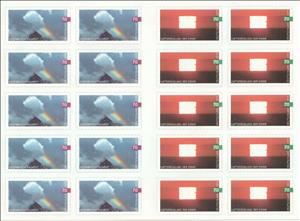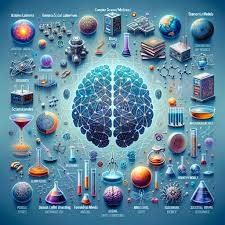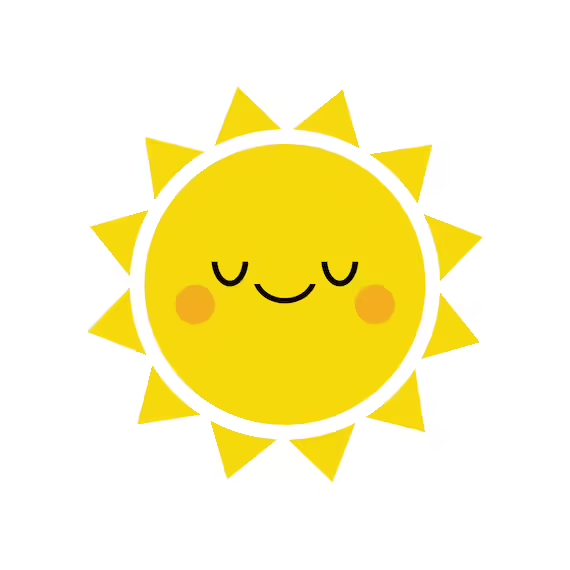Mini Sheet: Fragment of Rainbow/Mirroring of the Sun (Germany, Federal Republic 2019)
Fragment of Rainbow/Mirroring of the Sun (Germany, Federal Republic 2019)
07 February (Germany, Federal Republic ) within release Atmospheric Phenomena goes into circulation Mini Sheet Fragment of Rainbow/Mirroring of the Sun face value 20*70 Euro cent
| Mini Sheet Fragment of Rainbow/Mirroring of the Sun in catalogues | |
|---|---|
| Michel: | Mi: DE FB85 |
Mini Sheet is square format.
Also in the issue Atmospheric Phenomena:
- Stamp - Mirroring of the Sun face value 70;
- Mini Sheet - Atmosphärische Phänomene face value 10*70;
- Stamp - Mirroring of the Sun face value 70;
- Mini Sheet - Atmosphärische Phänomene face value 10*70;
- Stamp - Fragment of Rainbow face value 70;
- Stamp - Fragment of Rainbow face value 70;
- Mini Sheet - Fragment of Rainbow/Mirroring of the Sun face value 20*70;
Mini Sheet Fragment of Rainbow/Mirroring of the Sun it reflects the thematic directions:
In meteorology, a cloud is an aerosol consisting of a visible mass of miniature liquid droplets, frozen crystals, or other particles suspended in the atmosphere of a planetary body or similar space. Water or various other chemicals may compose the droplets and crystals. On Earth, clouds are formed as a result of saturation of the air when it is cooled to its dew point, or when it gains sufficient moisture (usually in the form of water vapor) from an adjacent source to raise the dew point to the ambient temperature.
A rainbow is an optical phenomenon caused by refraction, internal reflection and dispersion of light in water droplets resulting in a continuous spectrum of light appearing in the sky. The rainbow takes the form of a multicoloured circular arc. Rainbows caused by sunlight always appear in the section of sky directly opposite the Sun. Rainbows can be caused by many forms of airborne water. These include not only rain, but also mist, spray, and airborne dew.
Science is a systematic discipline that builds and organises knowledge in the form of testable hypotheses and predictions about the universe.Modern science is typically divided into two or three major branches: the natural sciences (e.g., physics, chemistry, and biology), which study the physical world; and the behavioural sciences (e.g., economics, psychology, and sociology), which study individuals and societies.The formal sciences (e.g., logic, mathematics, and theoretical computer science), which study formal systems governed by axioms and rules, are sometimes described as being sciences as well; however, they are often regarded as a separate field because they rely on deductive reasoning instead of the scientific method or empirical evidence as their main methodology. Applied sciences are disciplines that use scientific knowledge for practical purposes, such as engineering and medicine
The Sun, also known as Sol, is a star at the center of the solar system. It is a white star that gives off different types of energy such as infrared energy (heat), ultraviolet light, radio waves and light. It also gives off a stream of particles, which reaches Earth as "solar wind". The source of all this energy is nuclear fusion. Nuclear fusion is the reaction in the star which turns hydrogen into helium and makes huge amounts of energy. It is a nearly perfect ball of hot plasma.




